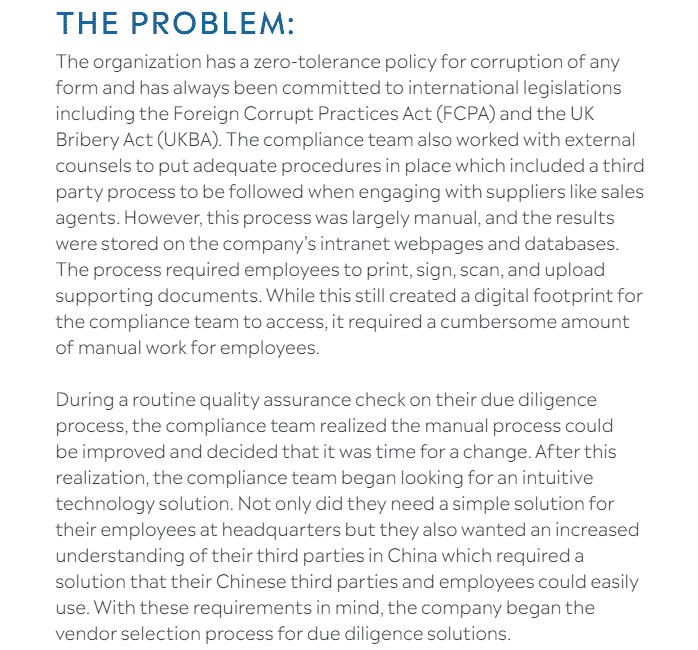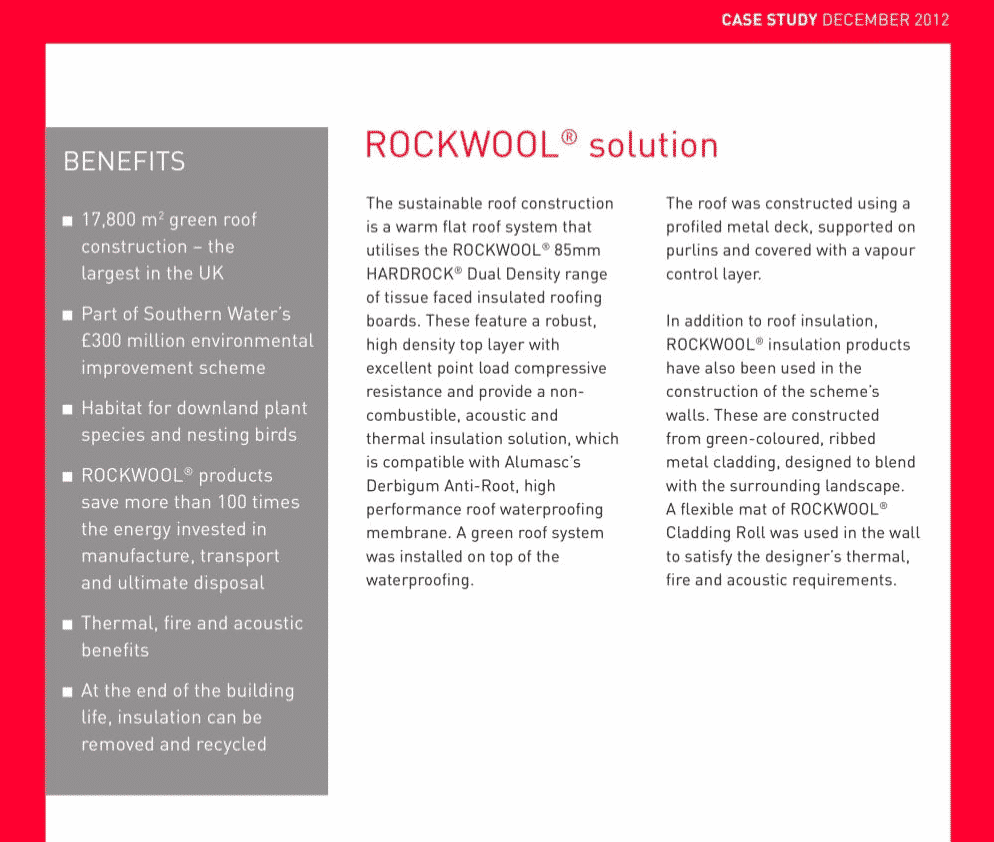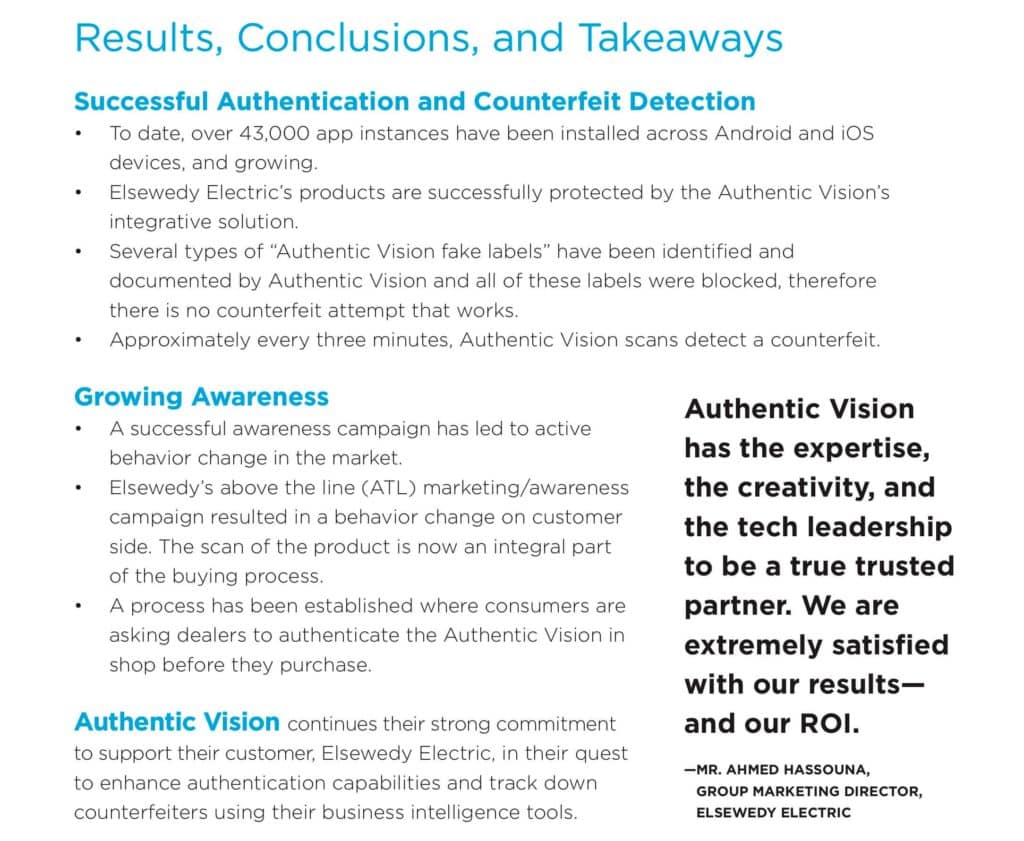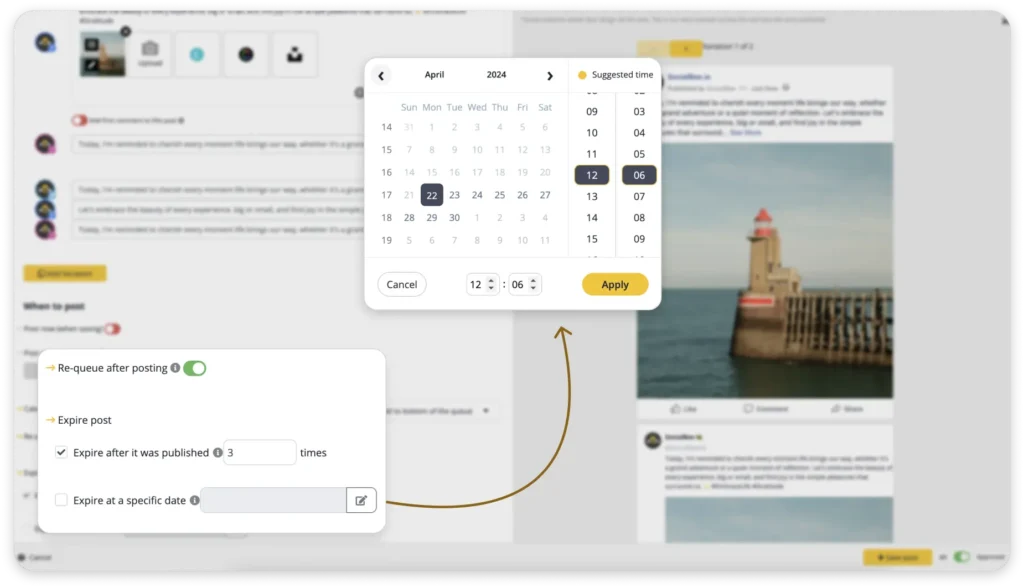How to Write a Case Study - All You Wanted to Know

What do you study in your college? If you are a psychology, sociology, or anthropology student, we bet you might be familiar with what a case study is. This research method is used to study a certain person, group, or situation. In this guide from our dissertation writing service , you will learn how to write a case study professionally, from researching to citing sources properly. Also, we will explore different types of case studies and show you examples — so that you won’t have any other questions left.

What Is a Case Study?
A case study is a subcategory of research design which investigates problems and offers solutions. Case studies can range from academic research studies to corporate promotional tools trying to sell an idea—their scope is quite vast.
What Is the Difference Between a Research Paper and a Case Study?
While research papers turn the reader’s attention to a certain problem, case studies go even further. Case study guidelines require students to pay attention to details, examining issues closely and in-depth using different research methods. For example, case studies may be used to examine court cases if you study Law, or a patient's health history if you study Medicine. Case studies are also used in Marketing, which are thorough, empirically supported analysis of a good or service's performance. Well-designed case studies can be valuable for prospective customers as they can identify and solve the potential customers pain point.
Case studies involve a lot of storytelling – they usually examine particular cases for a person or a group of people. This method of research is very helpful, as it is very practical and can give a lot of hands-on information. Most commonly, the length of the case study is about 500-900 words, which is much less than the length of an average research paper.
The structure of a case study is very similar to storytelling. It has a protagonist or main character, which in your case is actually a problem you are trying to solve. You can use the system of 3 Acts to make it a compelling story. It should have an introduction, rising action, a climax where transformation occurs, falling action, and a solution.
Here is a rough formula for you to use in your case study:
Problem (Act I): > Solution (Act II) > Result (Act III) > Conclusion.
Types of Case Studies
The purpose of a case study is to provide detailed reports on an event, an institution, a place, future customers, or pretty much anything. There are a few common types of case study, but the type depends on the topic. The following are the most common domains where case studies are needed:

- Historical case studies are great to learn from. Historical events have a multitude of source info offering different perspectives. There are always modern parallels where these perspectives can be applied, compared, and thoroughly analyzed.
- Problem-oriented case studies are usually used for solving problems. These are often assigned as theoretical situations where you need to immerse yourself in the situation to examine it. Imagine you’re working for a startup and you’ve just noticed a significant flaw in your product’s design. Before taking it to the senior manager, you want to do a comprehensive study on the issue and provide solutions. On a greater scale, problem-oriented case studies are a vital part of relevant socio-economic discussions.
- Cumulative case studies collect information and offer comparisons. In business, case studies are often used to tell people about the value of a product.
- Critical case studies explore the causes and effects of a certain case.
- Illustrative case studies describe certain events, investigating outcomes and lessons learned.
Need a compelling case study? EssayPro has got you covered. Our experts are ready to provide you with detailed, insightful case studies that capture the essence of real-world scenarios. Elevate your academic work with our professional assistance.

Case Study Format
The case study format is typically made up of eight parts:
- Executive Summary. Explain what you will examine in the case study. Write an overview of the field you’re researching. Make a thesis statement and sum up the results of your observation in a maximum of 2 sentences.
- Background. Provide background information and the most relevant facts. Isolate the issues.
- Case Evaluation. Isolate the sections of the study you want to focus on. In it, explain why something is working or is not working.
- Proposed Solutions. Offer realistic ways to solve what isn’t working or how to improve its current condition. Explain why these solutions work by offering testable evidence.
- Conclusion. Summarize the main points from the case evaluations and proposed solutions. 6. Recommendations. Talk about the strategy that you should choose. Explain why this choice is the most appropriate.
- Implementation. Explain how to put the specific strategies into action.
- References. Provide all the citations.
How to Write a Case Study
Let's discover how to write a case study.

Setting Up the Research
When writing a case study, remember that research should always come first. Reading many different sources and analyzing other points of view will help you come up with more creative solutions. You can also conduct an actual interview to thoroughly investigate the customer story that you'll need for your case study. Including all of the necessary research, writing a case study may take some time. The research process involves doing the following:
- Define your objective. Explain the reason why you’re presenting your subject. Figure out where you will feature your case study; whether it is written, on video, shown as an infographic, streamed as a podcast, etc.
- Determine who will be the right candidate for your case study. Get permission, quotes, and other features that will make your case study effective. Get in touch with your candidate to see if they approve of being part of your work. Study that candidate’s situation and note down what caused it.
- Identify which various consequences could result from the situation. Follow these guidelines on how to start a case study: surf the net to find some general information you might find useful.
- Make a list of credible sources and examine them. Seek out important facts and highlight problems. Always write down your ideas and make sure to brainstorm.
- Focus on several key issues – why they exist, and how they impact your research subject. Think of several unique solutions. Draw from class discussions, readings, and personal experience. When writing a case study, focus on the best solution and explore it in depth. After having all your research in place, writing a case study will be easy. You may first want to check the rubric and criteria of your assignment for the correct case study structure.
Read Also: ' WHAT IS A CREDIBLE SOURCES ?'
Although your instructor might be looking at slightly different criteria, every case study rubric essentially has the same standards. Your professor will want you to exhibit 8 different outcomes:
- Correctly identify the concepts, theories, and practices in the discipline.
- Identify the relevant theories and principles associated with the particular study.
- Evaluate legal and ethical principles and apply them to your decision-making.
- Recognize the global importance and contribution of your case.
- Construct a coherent summary and explanation of the study.
- Demonstrate analytical and critical-thinking skills.
- Explain the interrelationships between the environment and nature.
- Integrate theory and practice of the discipline within the analysis.

Lorem ipsum dolor sit amet, consectetur adipiscing elit.

Wednesday Addams
Mysterious, dark, and sarcastic
You’re the master of dark humor and love standing out with your unconventional style. Your perfect costume? A modern twist on Wednesday Addams’ gothic look. You’ll own Halloween with your unapologetically eerie vibe. 🖤🕸️
Need Case Study DONE FAST?
Pick a topic, tell us your requirements and get your paper on time.
Case Study Outline
Let's look at the structure of an outline based on the issue of the alcoholic addiction of 30 people.
Introduction
- Statement of the issue: Alcoholism is a disease rather than a weakness of character.
- Presentation of the problem: Alcoholism is affecting more than 14 million people in the USA, which makes it the third most common mental illness there.
- Explanation of the terms: In the past, alcoholism was commonly referred to as alcohol dependence or alcohol addiction. Alcoholism is now the more severe stage of this addiction in the disorder spectrum.
- Hypotheses: Drinking in excess can lead to the use of other drugs.
- Importance of your story: How the information you present can help people with their addictions.
- Background of the story: Include an explanation of why you chose this topic.
- Presentation of analysis and data: Describe the criteria for choosing 30 candidates, the structure of the interview, and the outcomes.
- Strong argument 1: ex. X% of candidates dealing with anxiety and depression...
- Strong argument 2: ex. X amount of people started drinking by their mid-teens.
- Strong argument 3: ex. X% of respondents’ parents had issues with alcohol.
- Concluding statement: I have researched if alcoholism is a disease and found out that…
- Recommendations: Ways and actions for preventing alcohol use.
Writing a Case Study Draft
After you’ve done your case study research and written the outline, it’s time to focus on the draft. In a draft, you have to develop and write your case study by using: the data which you collected throughout the research, interviews, and the analysis processes that were undertaken. Follow these rules for the draft:

Use Data to Illustrate Key Points in Your Case Study
Even though your case study is a story, it should be based on evidence. Use as much data as possible to illustrate your point. Without the right data, your case study may appear weak and the readers may not be able to relate to your issue as much as they should. Let's see the examples from essay writing service :
With data: Alcoholism is affecting more than 14 million people in the USA, which makes it the third most common mental illness there. Without data: A lot of people suffer from alcoholism in the United States.
Try to include as many credible sources as possible. You may have terms or sources that could be hard for other cultures to understand. If this is the case, you should include them in the appendix or Notes for the Instructor or Professor.
Finalizing the Draft: Checklist
After you finish drafting your case study, polish it up by answering these ‘ask yourself’ questions and think about how to end your case study:
- Check that you follow the correct case study format, also in regards to text formatting.
- Check that your work is consistent with its referencing and citation style.
- Micro-editing — check for grammar and spelling issues.
- Macro-editing — does ‘the big picture’ come across to the reader? Is there enough raw data, such as real-life examples or personal experiences? Have you made your data collection process completely transparent? Does your analysis provide a clear conclusion, allowing for further research and practice?
Problems to avoid:
- Overgeneralization – Do not go into further research that deviates from the main problem.
- Failure to Document Limitations – Just as you have to clearly state the limitations of a general research study, you must describe the specific limitations inherent in the subject of analysis.
- Failure to Extrapolate All Possible Implications – Just as you don't want to over-generalize from your case study findings, you also have to be thorough in the consideration of all possible outcomes or recommendations derived from your findings.
How to Create a Title Page and Cite a Case Study
Let's see how to create an awesome title page.
Your title page depends on the prescribed citation format. The title page should include:
- A title that attracts some attention and describes your study
- The title should have the words “case study” in it
- The title should range between 5-9 words in length
- Your name and contact information
- Your finished paper should be only 500 to 1,500 words in length.With this type of assignment, write effectively and avoid fluff
Here is a template for the APA and MLA format title page:
There are some cases when you need to cite someone else's study in your own one – therefore, you need to master how to cite a case study. A case study is like a research paper when it comes to citations. You can cite it like you cite a book, depending on what style you need.
Citation Example in MLA Hill, Linda, Tarun Khanna, and Emily A. Stecker. HCL Technologies. Boston: Harvard Business Publishing, 2008. Print.
Citation Example in APA Hill, L., Khanna, T., & Stecker, E. A. (2008). HCL Technologies. Boston: Harvard Business Publishing.
Citation Example in Chicago Hill, Linda, Tarun Khanna, and Emily A. Stecker. HCL Technologies.
Case Study Examples
To give you an idea of a professional case study example, we gathered and linked some below.
Eastman Kodak Case Study
Case Study Example: Audi Trains Mexican Autoworkers in Germany
To conclude, a case study is one of the best methods of getting an overview of what happened to a person, a group, or a situation in practice. It allows you to have an in-depth glance at the real-life problems that businesses, healthcare industry, criminal justice, etc. may face. This insight helps us look at such situations in a different light. This is because we see scenarios that we otherwise would not, without necessarily being there. If you need custom essays , try our research paper writing services .
Get Help Form Qualified Writers
Crafting a case study is not easy. You might want to write one of high quality, but you don’t have the time or expertise. If you’re having trouble with your case study, help with essay request - we'll help. EssayPro writers have read and written countless case studies and are experts in endless disciplines. Request essay writing, editing, or proofreading assistance from our custom case study writing service , and all of your worries will be gone.
Don't Know Where to Start?
Crafting a case study is not easy. You might want to write one of high quality, but you don’t have the time or expertise. Request ' write my case study ' assistance from our service.
What Is A Case Study?
How to cite a case study in apa, how to write a case study.

Daniel Parker
is a seasoned educational writer focusing on scholarship guidance, research papers, and various forms of academic essays including reflective and narrative essays. His expertise also extends to detailed case studies. A scholar with a background in English Literature and Education, Daniel’s work on EssayPro blog aims to support students in achieving academic excellence and securing scholarships. His hobbies include reading classic literature and participating in academic forums.

is an expert in nursing and healthcare, with a strong background in history, law, and literature. Holding advanced degrees in nursing and public health, his analytical approach and comprehensive knowledge help students navigate complex topics. On EssayPro blog, Adam provides insightful articles on everything from historical analysis to the intricacies of healthcare policies. In his downtime, he enjoys historical documentaries and volunteering at local clinics.
.webp)

How to Write a Case Study: Step-by-Step Guide with Examples
- October 7, 2022

Content Manager at SocialBee
Why is learning how to write a case study so important?
Well, because it provides your customers with social proof and supporting evidence of how effective your products and services are. Moreover, it eliminates the doubt that usually makes clients give up on their next purchase.
That is why today we are going to talk about the step-by-step process of writing a case study . We prepared five business case study examples guaranteed to inspire you throughout the process.
Let’s get started!
What Is a Case Study?
A case study is a piece of content that focuses on a case from your business history. It describes the problems your client faced and the solutions you used to help them succeed.
The goal of a writing case study is to promote your business , so your aim should be to put together a compelling story with evidence that backs up all your claims.
Case studies use real-life examples to show your clients the quality and effectiveness of your products and services. It’s a marketing tool that provides credibility and it helps your potential clients gain confidence in your brand.
Case studies can be structured in different formats:
- A written document
- An infographic
- A blog post
- A landing page
Case Study Benefits
A great case study makes your potential customers want to benefit from the products and services that helped your client overcome their challenges.
Here are the benefits of writing a case study:
- It is an affordable marketing practice
- It decreases the perceived risk of your potential clients
- It provides transparency
- It builds trust and credibility among prospective customers
- It makes your potential clients relate to the problem
- It provides your potential clients with a solution for their problems
How to Write a Case Study
Now that you know what a case study is, let’s get into the real reason why you are here — learning how to write an in-depth study.
Here is the step-by-step process of writing a case study:
- Identify the topic of your case study
- Start collaborating with a client
- Prepare questions for the interview
- Conduct the case study interview
- Structure your case study
- Make it visual
Step 1: Identify the Topic of Your Case Study
A case study starts with a strategy. Choosing what you want to write about should be closely related to your business needs. More specifically, what service or product do you want to promote through your case study?
Because case studies focus on client challenges, business solutions, and results, you have to carefully pick the case that your potential clients will relate to the most.
To communicate the benefits of your business, you should focus on a customer story that appeals to a specific segment of your audience . Consequently, you will target clients that relate to your customer example while providing a solution for their needs and pain points — your products and services.
Start by focusing all your research methods on identifying your customers’ main pain points. Then find examples of how your products or services have helped them overcome their challenges and achieve their goals .
Furthermore, to make sure you choose the best case study topic for your buyer persona , you should have a meeting with your sales/customer service team. Because they are in close contact with your customers, they will be able to tell you:
- The main challenges your clients face
- The services/products that bring them the best results
These are the main two pieces of information you want your case study to focus on.

Step 2: Start Collaborating with a Client
With a clear topic in mind, you have to find the best fit for your case study.
However, that is not all. First, you must obtain the client’s permission. After all, your business story is theirs too.
So, craft an email to provide your client with an overview of the case study. This will help them make a decision.
Your message should include:
- The case study format (video, written, etc.) and where it will be published (blog, landing page , etc.)
- The topic of the document
- The timeline of the process
- The information that will be included
- The benefits they get as a result of this collaboration (brand exposure, backlinks)
Additionally, you can offer to schedule a call or a meeting to answer all their questions and curiosities and provide a means for clear and open communication.
Once you receive a positive response from your client, you can continue with the next step of the process: the actual interview.
PRO TIP: A great way to ensure a smooth and safe collaboration between you and your client is to sign a legal release form before writing the case study. This will allow you to use their information and protect you from issues that may occur in the future. Moreover, if the client is not comfortable with revealing their identity, you can always offer them anonymity.
Step 3: Prepare Questions for the Interview
Now that you have the subject for your case study, it’s time to write and organize your interview in several sets of questions.
Don’t forget that the whole structure of your case study is based on the information you get from your customer interview.
So pay attention to the way you phrase the questions. After all, your goal is to gather all the data you need to avoid creating a back-and-forth process that will consume your client’s time and energy.
To help you create the best questionnaire, we created a set of case study questions and organized them into different categories.
Here are the five main sections your case study interview should contain:
- The client’s background information
- The problem
- The start of the collaboration
- The solution
- The results
A. The Client’s Background Information
This part of the case study interview must give a comprehensive look into your customer’s business and allow your readers to get to know them better.
Here are some question ideas:
B. The Problem
Now it’s time to get into the reason your client came to you for assistance, the initial challenge that triggered your collaboration.
In this part of the interview process, you want to find out what made them ask for help and what was their situation before working with you.
You can ask your client the following case study questions:
C. The Start of the Collaboration
This part of the case study interview will focus on the process that made your collaboration possible. More specifically, how did your client research possible collaboration opportunities, and why they chose your business?
This information will not only be informative for your future customers but will also give you a behind-the-scenes look into their decision-making process.
D. The Solution
It’s time to get into one of the most significant parts of the case study interview — the solution. Here you should discuss how your services have helped their business recover from the problems mentioned before.
Make sure you ask the right questions so you can really paint the picture of a satisfied customer.
Have a look at these question examples:
E. The Results
The best proof you can give to your customers is through your results. And this is the perfect opportunity to let your actions speak for themselves.
Unlike the other marketing strategies you use to promote your business, the content is provided by your customer, not by your team. As a result, you end up with a project that is on another level of reliability.
Here is how you can ask your client about their results:
Step 4: Conduct the Case Study Interview
Now that you have a great set of case study questions, it’s time to put them to good use.
Decide on the type of interview you want to conduct: face-to-face, video call , or phone call. Then, consult with your client and set up a date and a time when you are both available.
It should be noted that during the interview it’s best to use a recording device for accuracy. Maybe you don’t have time to write down all the information, and you forget important details. Or maybe you want to be focused more on the conversational aspect of the interview, and you don’t want to write anything down while it’s happening.
Step 5: Structure Your Case Study
The hard part is over. Now it’s time to organize all the information you gathered in an appealing format. Let’s have a look at what your case study should contain.
Here are the components of a case study:
- Engaging title
- Executive summary
- Client description
- Introduction to the problem
- The problem-solving process
- Progress and results
A. Engaging Title
Putting that much work into a project, it would be a shame not to do your best to attract more readers. So, take into consideration that you only have a few seconds to catch your audience’s attention.
You can also use a headline analyzer to evaluate the performance of your title.
The best case study titles contain:
- Relevant keywords
- Customer pain points
- Clear result
Case study example :

B. Executive Summary
Your executive summary should include a thesis statement that sums up the main points of your case study. Therefore, it must be clear and concise. Moreover, to make your audience curious, you can add a statistic or a relevant piece of data that they might be interested in.
Here is what you should include in your executive summary:
- The business you are writing about (only if the clients wants to make themselves known)
- Relevant statistics

C. Client Description
Here is where you start to include the information you gained from your interview. Provide your readers with a clear picture of your client and create a context for your case study.
Take your client’s answers from the “Client Background” section of the interview and present them in a more appealing format.

D. Introduction to the Problem
In this section, use your client’s interview answers to write about the problem they were experiencing before working with you.
Remember to be specific because you want your audience to fully understand the situation and relate to it. At the end of the day, the goal of the case study is to show your potential customers why they should buy your services/products.

E. The Problem-Solving Process
Next, explain how your service/product helped your client overcome their problems. Moreover, let your readers know how and why your service/product worked in their case.
In this part of the case study, you should summarize:
- The strategy used to solve the problem of your customer
- The process of implementing the solution

F. Progress and Results
Tell your readers about what you and your client have achieved during your collaboration. Here you can include:
- Graphics about your progress
- Business objectives they have achieved
- Relevant metrics

Step 6: Make It Visual
To elevate the information you have written for your audience, you must make sure it’s appealing and easy to read. And a great way to achieve that is to use visuals that add value to your case study.
Here are some design elements that will make emphasize your text:
- Graphic symbols that guide the eye (arrows, bullet points, checkmarks, etc.)
- Charts, graphics, tables
- Relevant screenshots from business reports
- The colors and fonts of your brand
- Your client’s logo
Platforms like Canva can really come in handy while designing your case study. It’s easy to use and it has multiple free slide templates and graphics that save you time and money.
PRO TIP: Share Your Case Study Across All Marketing Channels
A case study is a perfect example of evergreen content that can be reshared endlessly on your social media channels .
Aside from helping you maintain a consistent posting schedule with ease, case study-related posts will increase your credibility and push leads toward the bottom of your marketing funnel . Other examples of social proof evergreen content are reviews, testimonials, and positive social media mentions.
To keep track of all your evergreen posts and have them scheduled on a continuous loop, use a social media tool like SocialBee.

Create evergreen content categories where all your posts get reposted regularly on your social media channels.
Start your 14-day trial today and start using SocialBee for free!
Aside from promoting your case study on social media, you can also feature it in your newsletter that you can create using email newsletter software , include it as a pop-up on your website, and even create a separate landing page dedicated to your customer study.

Share Your Case Study on Social Media with SocialBee!
Get to writing your own case study.
What do you think? Is writing a case study easier than you thought? We sure hope so.
Learning how to write a case study is a simple process once you understand the logical steps that go into it. So make sure you go over the guide a couple of times before you start documenting your customer success stories.
And remember that the goal of your case study is to attract more leads . Therefore you need to include tangible results and valuable details that will compel your audience to invest in your products and services.

Article written by

Content writer at SocialBee
Related articles

How long can an Instagram Reel be?
How long can an Instagram Reel be? If you’ve been exploring short-form video content, this question has probably crossed your

How to make a collage on Instagram story
Ever see those Instagram Stories that pack a bunch of photos into one post and wonder how it’s done? If
Level up your social media game with exclusive resources delivered straight to your inbox
Proudly supporting

Out of post ideas? Get our social media calendar
Access 500+ content ideas, post examples, and Canva templates.
Use SocialBee’s Free AI Post Generator to create content for your social media profiles.
- Customizable tone of voice
- Several content variations to choose from
- 1000+ pre-made AI prompts

IMAGES
VIDEO